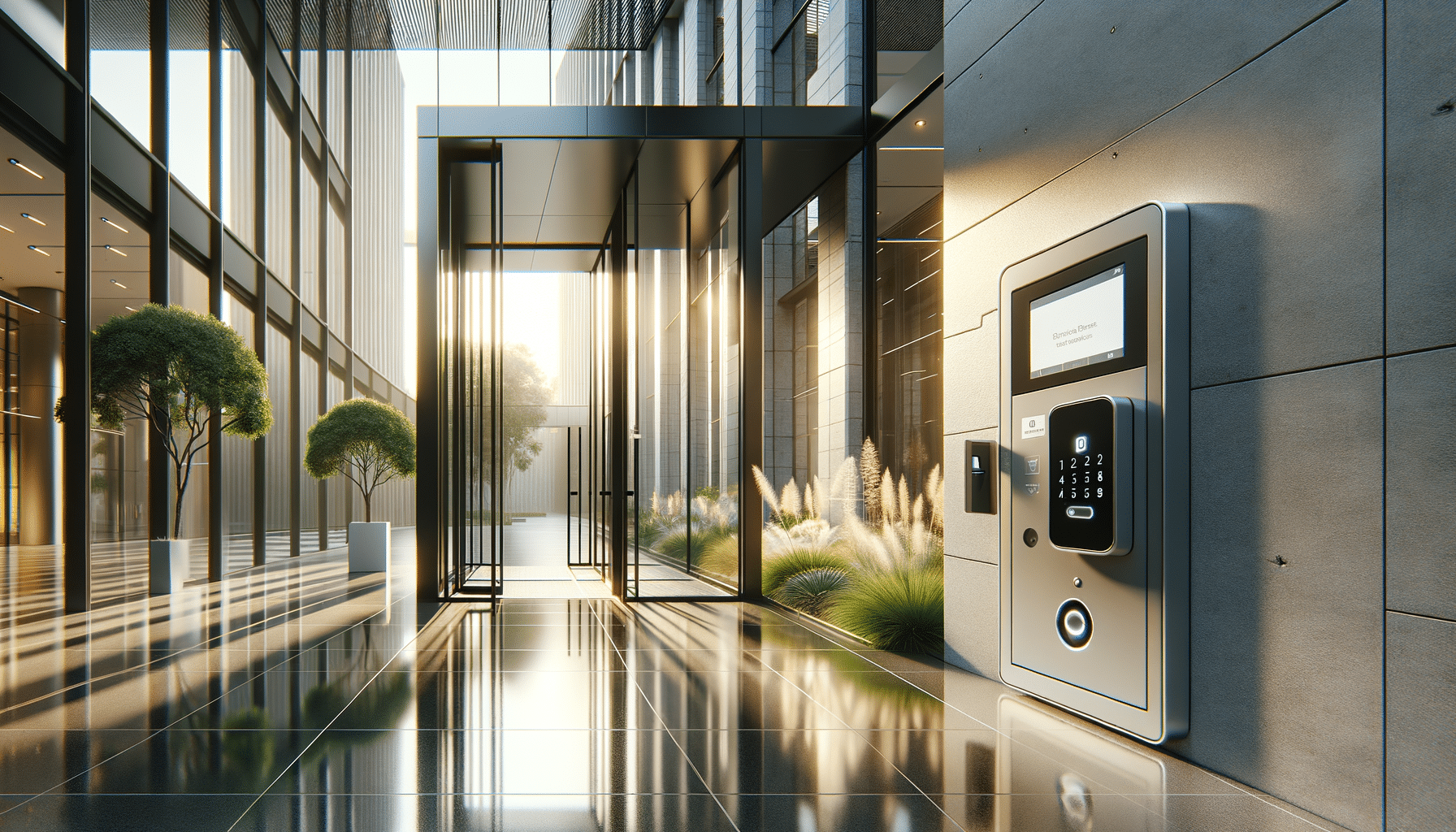
Guide to Understanding Access Control Systems
Introduction to Access Control Systems
In a world where security concerns are paramount, understanding access control systems is crucial for safeguarding both physical and digital domains. These systems are designed to regulate who can access specific resources, ensuring that sensitive information and valuable assets remain protected from unauthorized users. As organizations and individuals increasingly rely on interconnected technologies, the importance of robust access control solutions cannot be overstated.
Access control systems are used across various sectors, from corporate offices and data centers to residential properties and cloud services. They provide a structured approach to security, allowing only authorized individuals to enter premises or access data. By implementing such systems, businesses can protect their assets while maintaining operational efficiency.
Cloud-Hosted Identity Management Solutions
The advent of cloud-hosted identity management solutions has revolutionized the way organizations handle access control. These solutions offer a centralized platform for managing user identities and access rights across multiple systems and applications. By leveraging cloud technology, businesses can achieve greater flexibility, scalability, and security in their access control processes.
Cloud-hosted identity management solutions provide several advantages:
- Centralized Management: Administrators can manage user identities and access permissions from a single interface, reducing complexity and improving efficiency.
- Scalability: As businesses grow, cloud solutions can easily scale to accommodate more users and devices without significant infrastructure changes.
- Enhanced Security: With advanced security features like multi-factor authentication and encryption, these solutions help protect sensitive data from unauthorized access.
By adopting cloud-hosted identity management solutions, organizations can streamline their access control processes while ensuring that their systems remain secure and compliant with industry regulations.
How to Secure Information Systems
Securing information systems is a critical task for organizations seeking to protect their data and maintain trust with their clients. Effective security measures involve a combination of technological, organizational, and procedural strategies designed to safeguard information from threats such as cyberattacks, data breaches, and unauthorized access.
Key strategies for securing information systems include:
- Implementing Strong Access Controls: Use authentication methods like passwords, biometrics, and access tokens to verify user identities and control access to sensitive data.
- Regular Security Audits: Conduct routine audits to identify vulnerabilities in your systems and address them promptly.
- Data Encryption: Encrypt sensitive data both at rest and in transit to protect it from unauthorized access.
- Employee Training: Educate employees about security best practices and the importance of protecting sensitive information.
By adopting these strategies, organizations can create a secure information environment that reduces the risk of data breaches and enhances overall system integrity.
What is an Access Control System?
An access control system is a security solution that manages and regulates who can enter a specific area or access certain resources. These systems are integral to both physical security and information security, providing a structured approach to managing user access rights.
Access control systems typically consist of the following components:
- Authentication Devices: These include keycards, biometric scanners, and PIN pads used to verify user identities.
- Access Control Panels: The central hub that processes authentication data and grants or denies access based on predefined rules.
- Management Software: Allows administrators to configure access policies, monitor access events, and generate reports.
By implementing an access control system, organizations can ensure that only authorized individuals have access to critical areas and resources, thus enhancing security and preventing unauthorized activities.
Conclusion: The Importance of Access Control Systems
In conclusion, access control systems play a vital role in maintaining the security and integrity of both physical and digital environments. As businesses and individuals continue to navigate the complexities of security in an interconnected world, understanding and implementing effective access control measures is essential.
Whether through cloud-hosted identity management solutions or traditional access control systems, the goal remains the same: to protect valuable assets and sensitive information from unauthorized access. By prioritizing security and adopting comprehensive access control strategies, organizations can safeguard their operations and build trust with their stakeholders.


